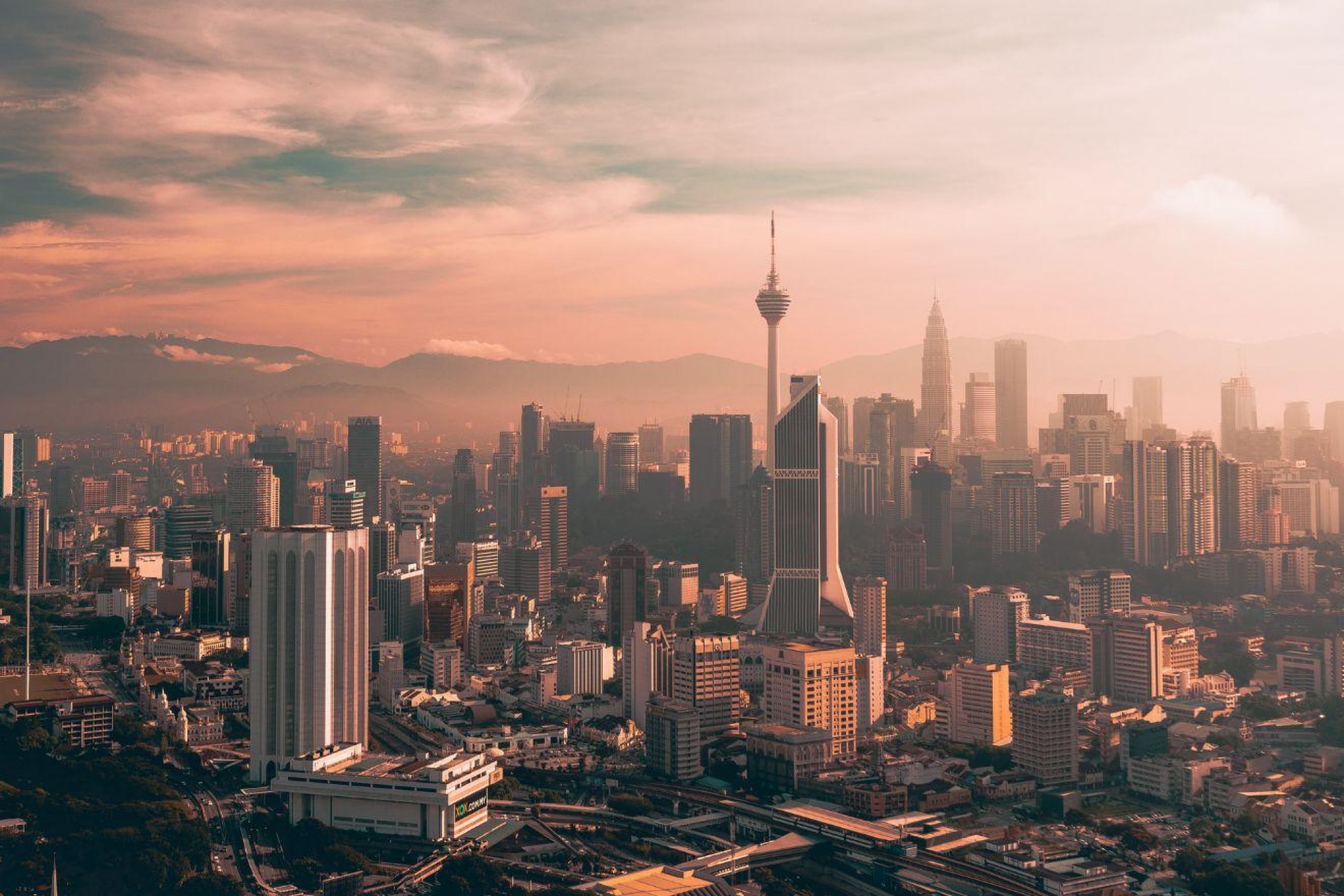 Features
Features
48 hours in Kuala Lumpur: navigating local gems far from your typical tourist guide
Shuffle along Malaysia’s colonial treasures and watch history transform into up-and-coming hotspots
We’re taking a step outside typical tourist traps and into a local affair of what Kuala Lumpur in Malaysia’s peninsular can offer. A melting pot of three cultures into what was once a colonial territory, the city’s concrete jungle has pockets of historical landmarks that have evolved into trendy spots for daytime revellers and nighttime animals. Experience Kuala Loco the way we would without the hassle of digging for the best-kept secrets that only a local would know about through this list of to-dos in the city.
The following 48-hour guide takes you into a world of culture, food, drinks, music, arts and nights to remember (or not), that’s not touristy and will leave your heart heavy for more.
DAY 1

Sitting in a pocket fueled with colonial history, Central Market was originally a wet market that was built in 1888. Today, an evolved form of the venue carries local vendors that showcase vintage goods, art, home décor, collectables, food, and an overall experience of the true definition of Malaysian heritages. Every week, the community at Central Market curates special activities to boost both tourists and locals with a rotating list of vendors that boasts a bustling ambience in the heart of the city.
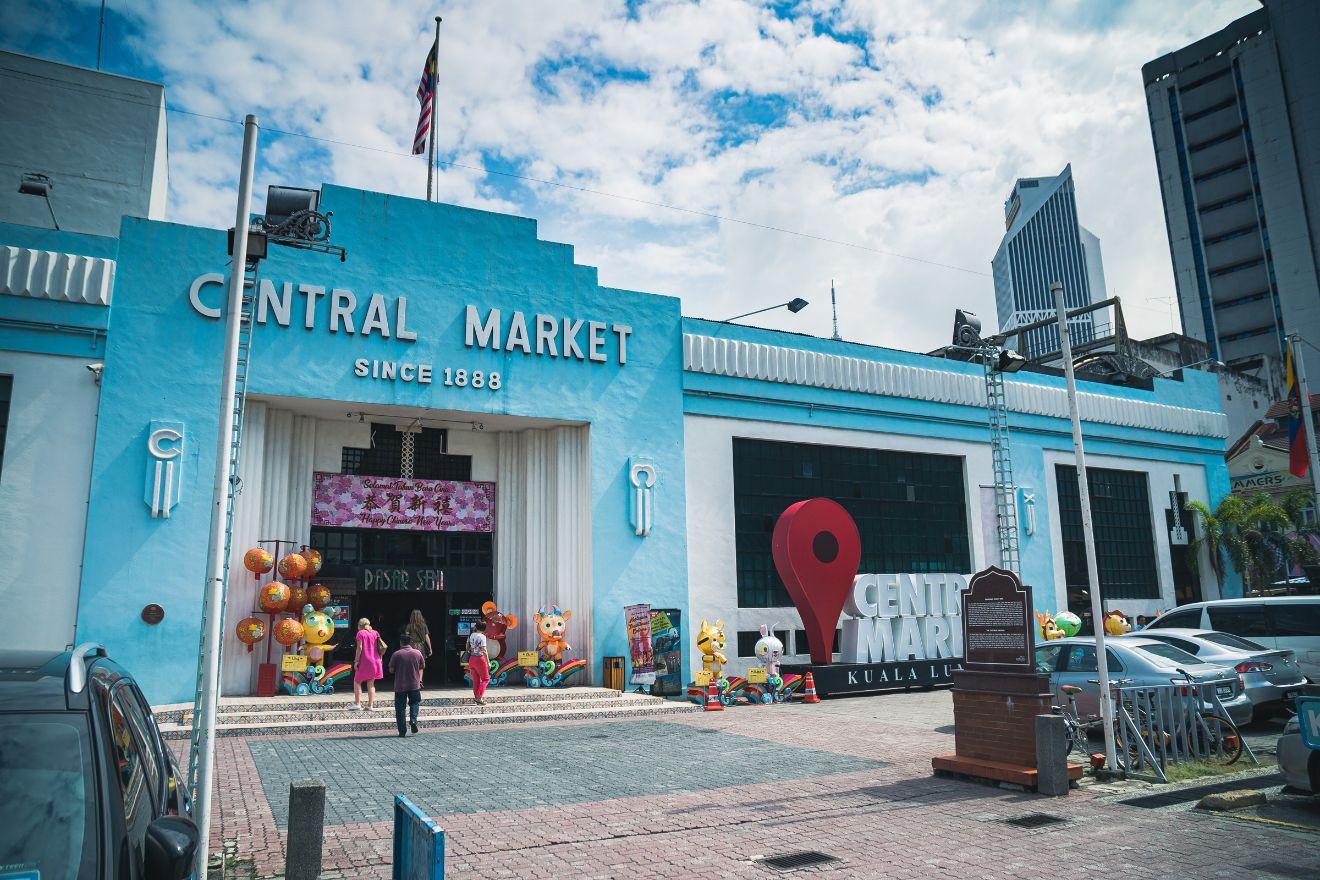

Once a pop-up, Tiffin now has a permanent home in a beautiful nature escape surrounded by an industrially rustic vibe in Sentul Depot. Having once been a former train yard, the transformation of the space is now where Kuala Lumpur’s most experimental culinary talents come together to showcase the country’s love for food and drinks. Tiffin has also incorporated activities, music and events into their roster, which makes the space jam-packed with hours in your hands (or mouths) to explore into.
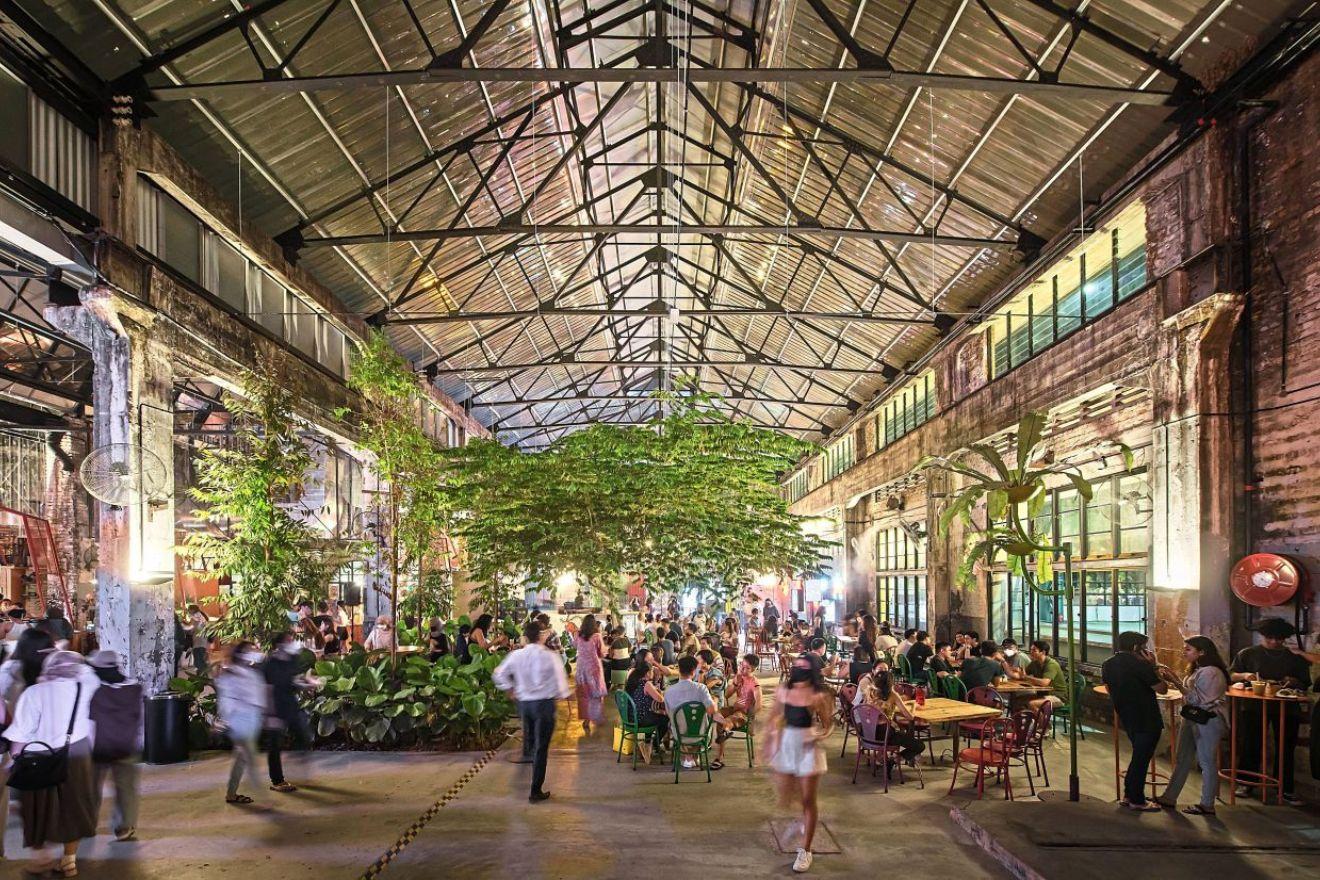

Boasting the perfect Twin Tower view for the gram, the Wet Deck at the W Hotel hits beautifully as the sun sets with the perfect soundtrack to wind the night down. Expect to be served a large plateau of house music all weekend and with their regular listings of parties that are usually scheduled with some of the best DJs in town, it’s always a hit and never a miss. To note, do dress up — the bouncers might have a say, but don't worry, it’s no Berghain.
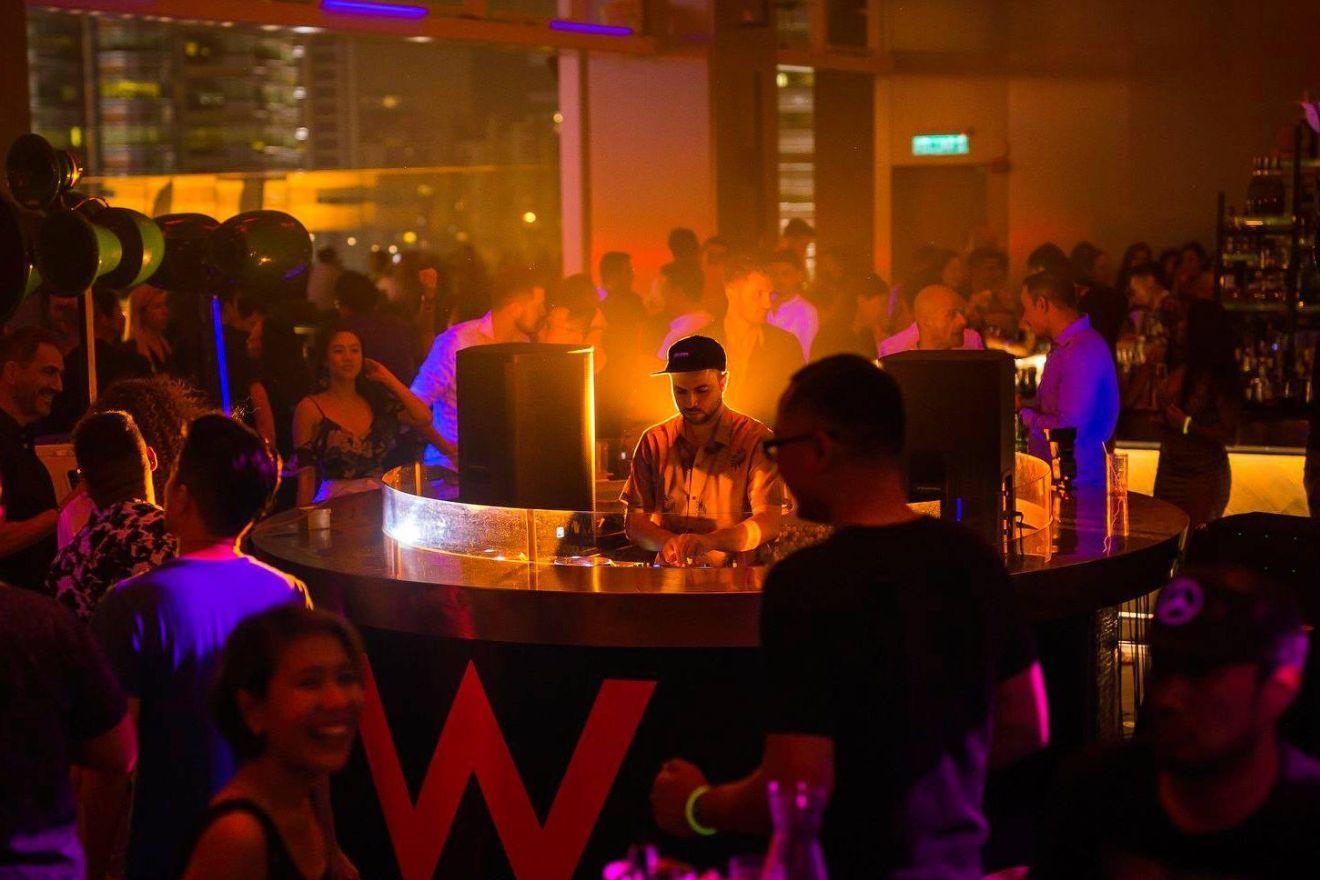

As we go deeper into the night, a popular location that sits in Changkat is Pisco. Sitting quite quaintly and small within a stretch of bars and restaurants, this gem feeds into the souls of many local nightcrawlers during weekend shenanigans. In the normal times of its operating hours, it’s a Spanish tapas restaurant — come nightfall, its hotbox is just the perfect arena for KL’s party animals to come out and play.
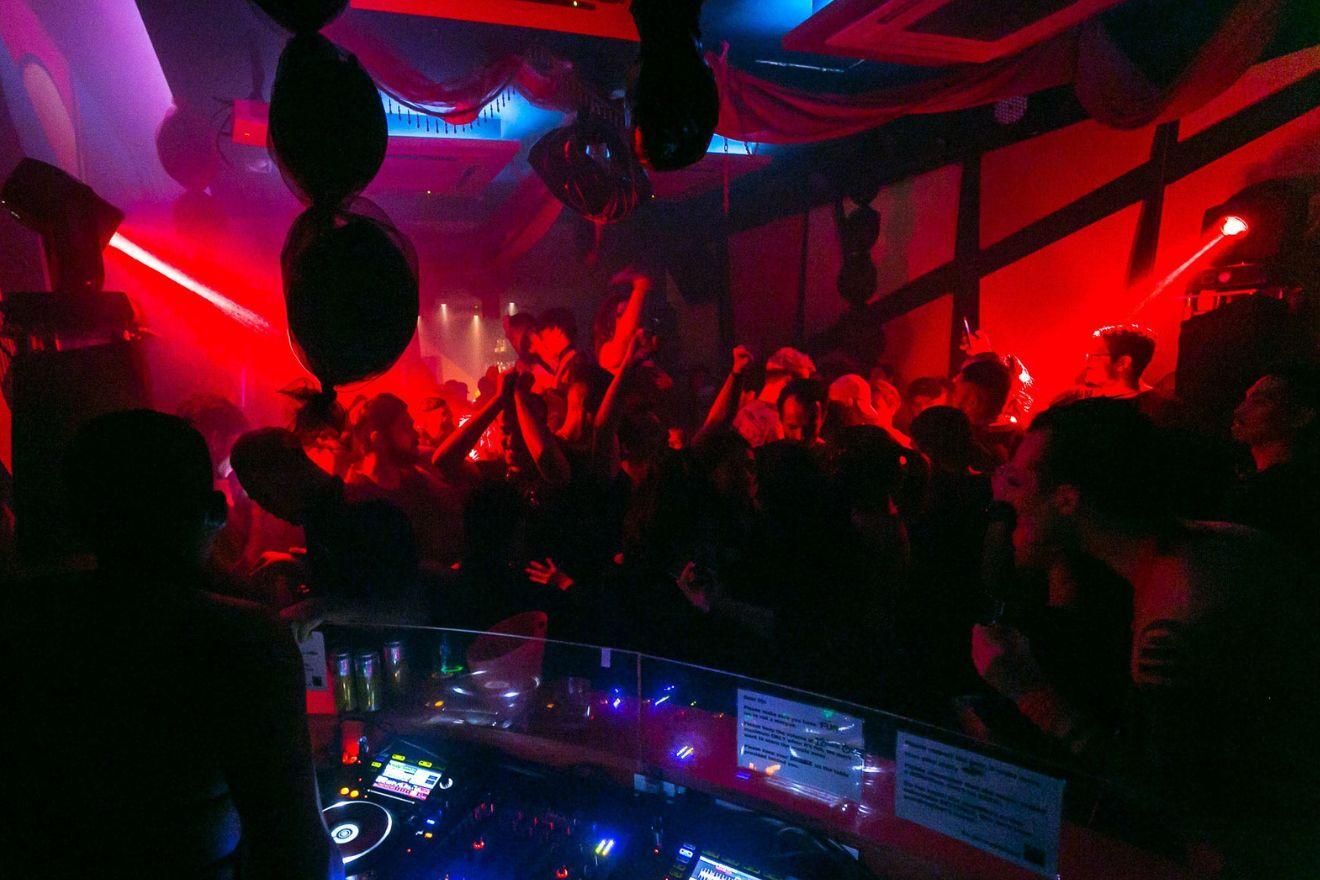

As most clubs and bars are shutting their doors around town, expect Iron fairies at Trec to welcome you with open arms for your afters. Hidden behind a haunting spiral staircase and beautifully adorned wooden doors sits The Butterfly Room with over 50,000 butterflies alluring you to stay all night between the hypnotizing sounds of deep house to techno. It’s an afters spot after all, so expect a small and packed space. Would be a good thing to keep your company small and save your space at the bar for specially curated cocktails in one of KL’s most expensive bars.
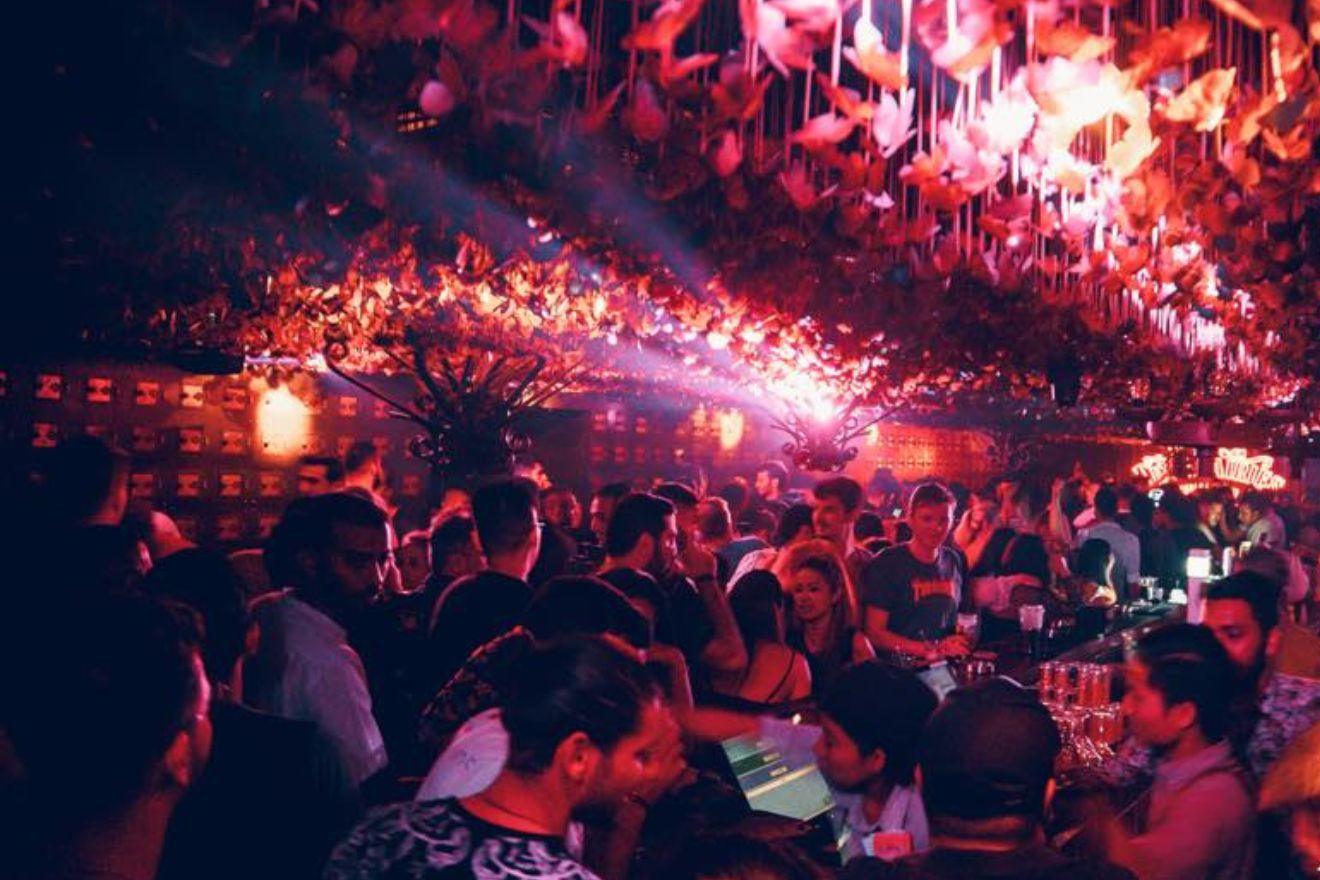

At this point, it might be 5 am or later, but not to worry because food does not sleep in Kuala Lumpur. Mamak’s is open 24 hours and offers a range of Malaysian foods that just sits right after a full day and night of festivities. Nasi Kandar Pelita is a franchise that can be found all over the city and we would recommend ordering some Roti Canai, Tosai or Indomee Goreng to top of your night. 100% will not disappoint and you won't be feeling quite as dead the next day.
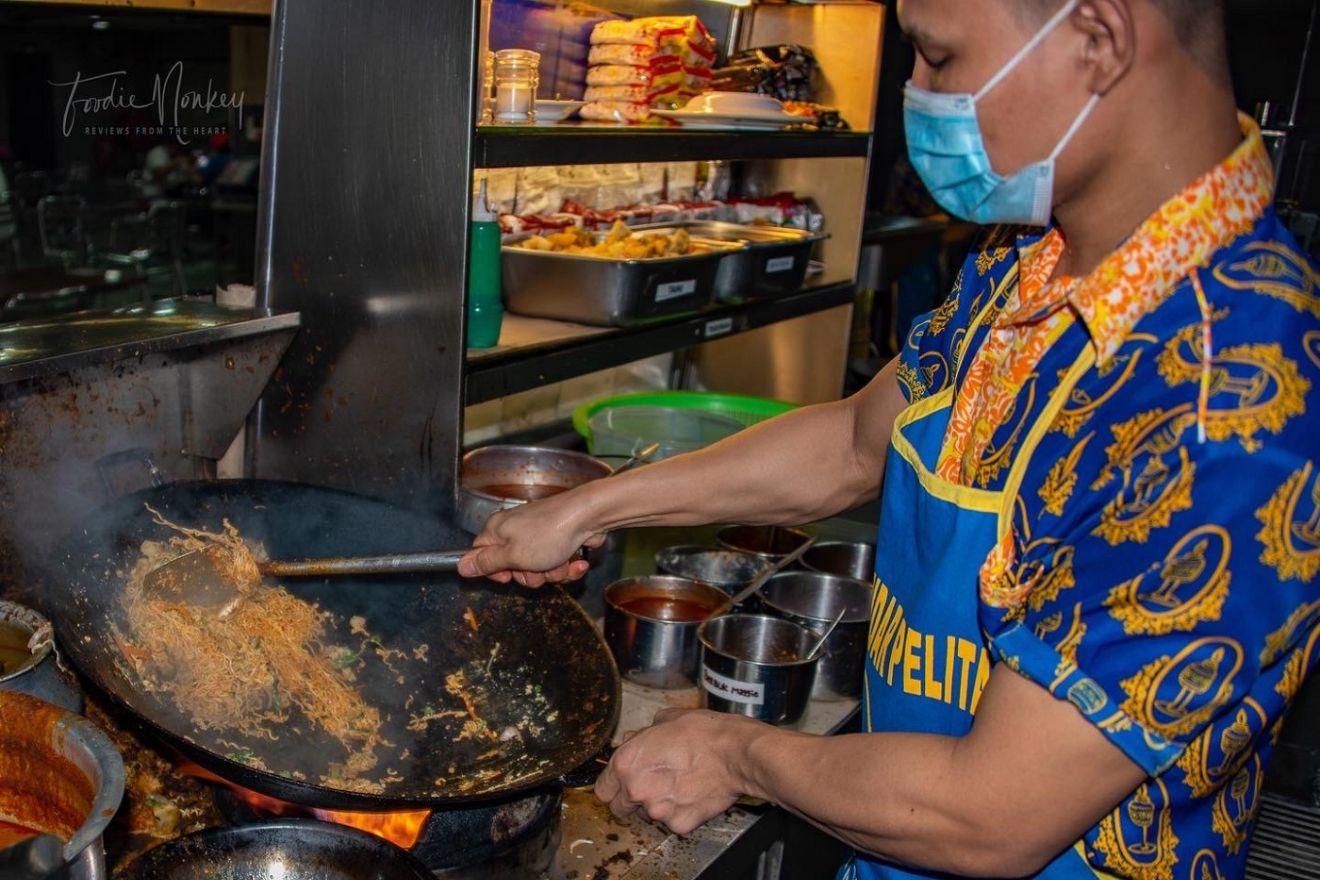
DAY 2

A space that brewed itself to be a cultural and community hub is REXKL — one of the first theatres in Malaysia back in 1947. The building boasts three floors, but the main hub of the hidden gem is mainly a maze of a bookstore from ‘BookXcess’. You’re bound to get lost in the myriad funky sections, stairs and books galore. The ground floor has a big open space for events and during the weekends, the parties, people and body heat packs the space to a boiler room effect. In fact, Boiler Room KL was hosted here as well. In between the nooks, you’ll be able to find pockets of food, a rooftop bar called Shhhbuuuleee, workshops, drag shows, bazaars, and different local-based activities every week.
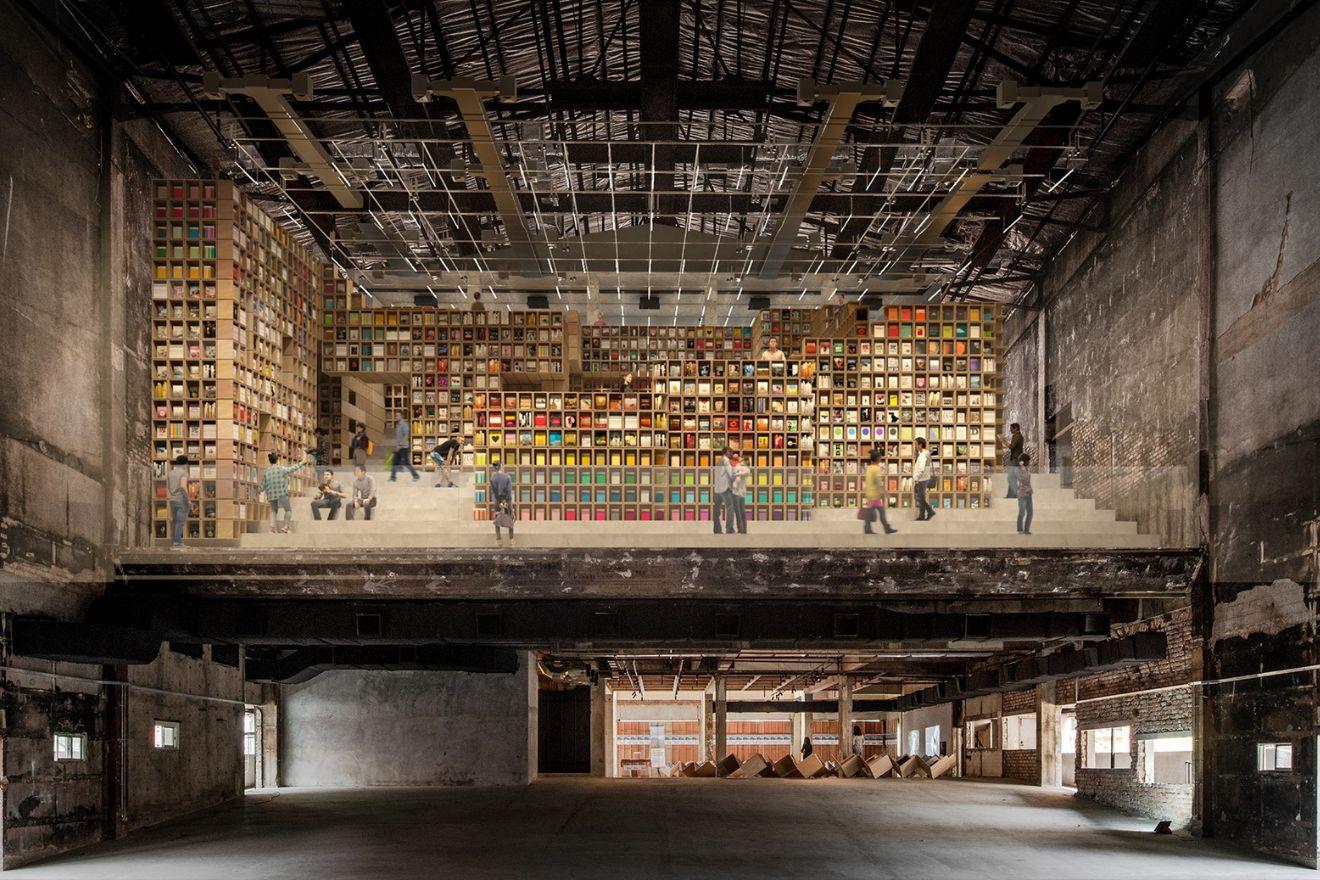

Right around the corner from REXKL, sits Chinatown — a once touristy area, that has transformed itself to feature some of the best small bars that are frequented by locals on a regular basis. The area is scattered with food, bars and works of art. When it comes to food, you can opt for the cheaper eateries that carry some Malaysian popular favourites such as China Town Seng Kee (order the Siew Yoke Mee, it’s a must), Restoran Han Kee Petaling Street or a few modern unique culinary options such as Crane KL, Her House or Small Shifting Space. While walking around the area, there’s a street called ‘Kwai Chai Hong’ that showcases stories of Malaysian heritage as art murals and has special art installations a few times a year. Basically, have a skip on the basic Jalan Alor and explore this less touristy sector of the city.


Tucked at the end of the back alley of ‘Kwai Chai Hong’, sits a picturesque bar and restaurant called Concubine with Asian-inspired motifs surrounding its age-worn aesthetics. There are two entrances to this, so it’s either you’re looking for a bright yellow door or you’ll walk to the end of Kwai Chai Hong. Stemming from the once sanctuary for gang lords, opium smokers and red-light district, Concubine has kept its outlook and rejuvenated a multicolour life back into its space. Featuring two floors and an outdoor alfresco area, your sunset dreams with a cocktail in hand in this cosy bar would be the perfect soundtrack to Concubine’s weekend DJ affairs with some of the best talents in town.
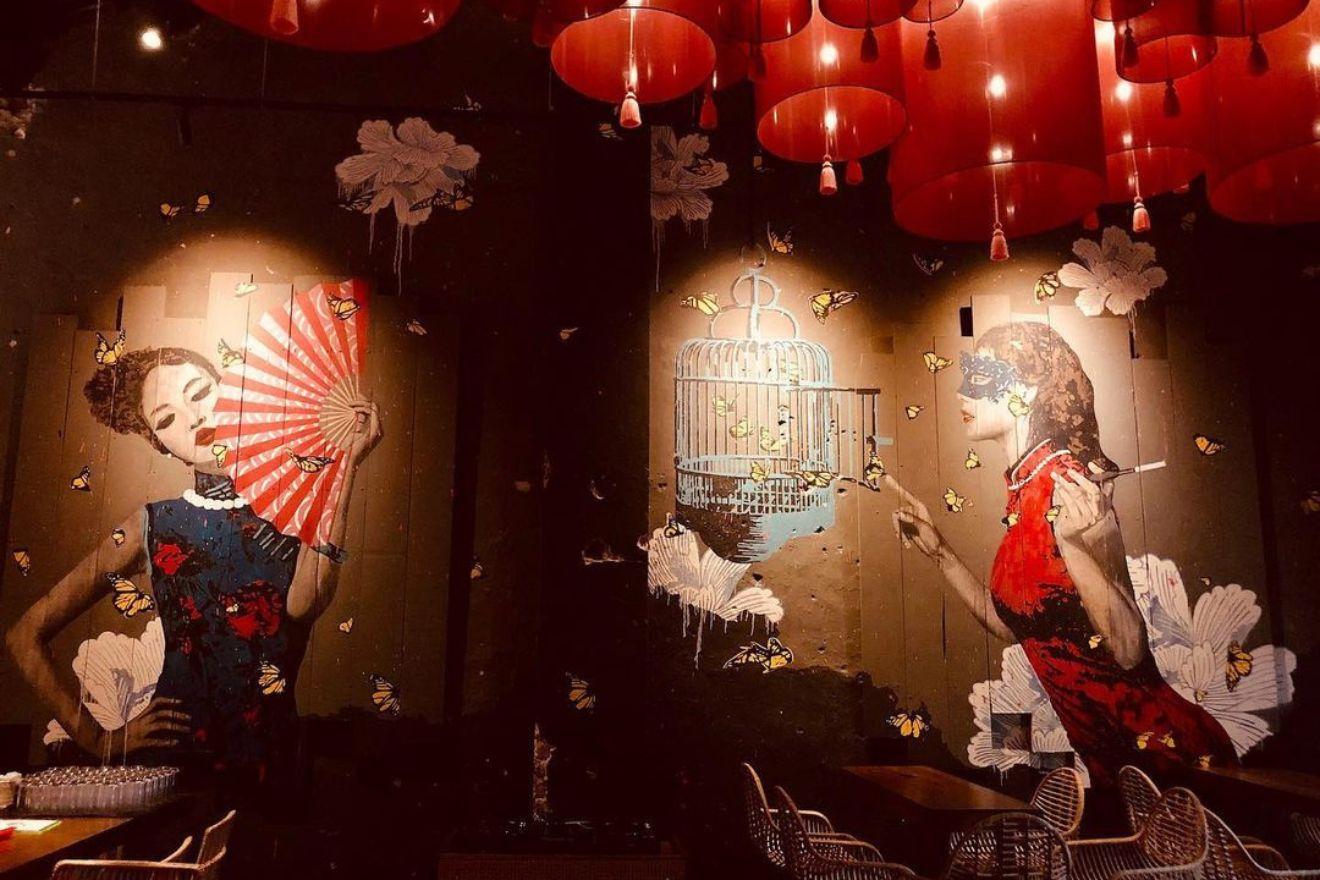
As the night dawns, we’ll bar hop around the Chinatown area as it hosts pockets of unique bars and speakeasies that are scattered in the once risqué part of the neighbourhood. Some of these selections are well hidden, with no signs or echoes of music within the corners of each back alleys we are heading into — so keep an eye out for our directions.

Sitting right next to Concubine, we have Baijiu. No, this bar isn’t a dedicated bar to China’s popular spirit, Baijiu, but it does offer Baijiu shooters and it also carries its Chinese-influenced aesthetics over. This bar specializes in its selections of oriental-influenced cocktails (some ingredients include five spice, Sichuan peppercorns, goji berries and red dates) and… dim sum. A strange combination, but one that’s not to be missed.
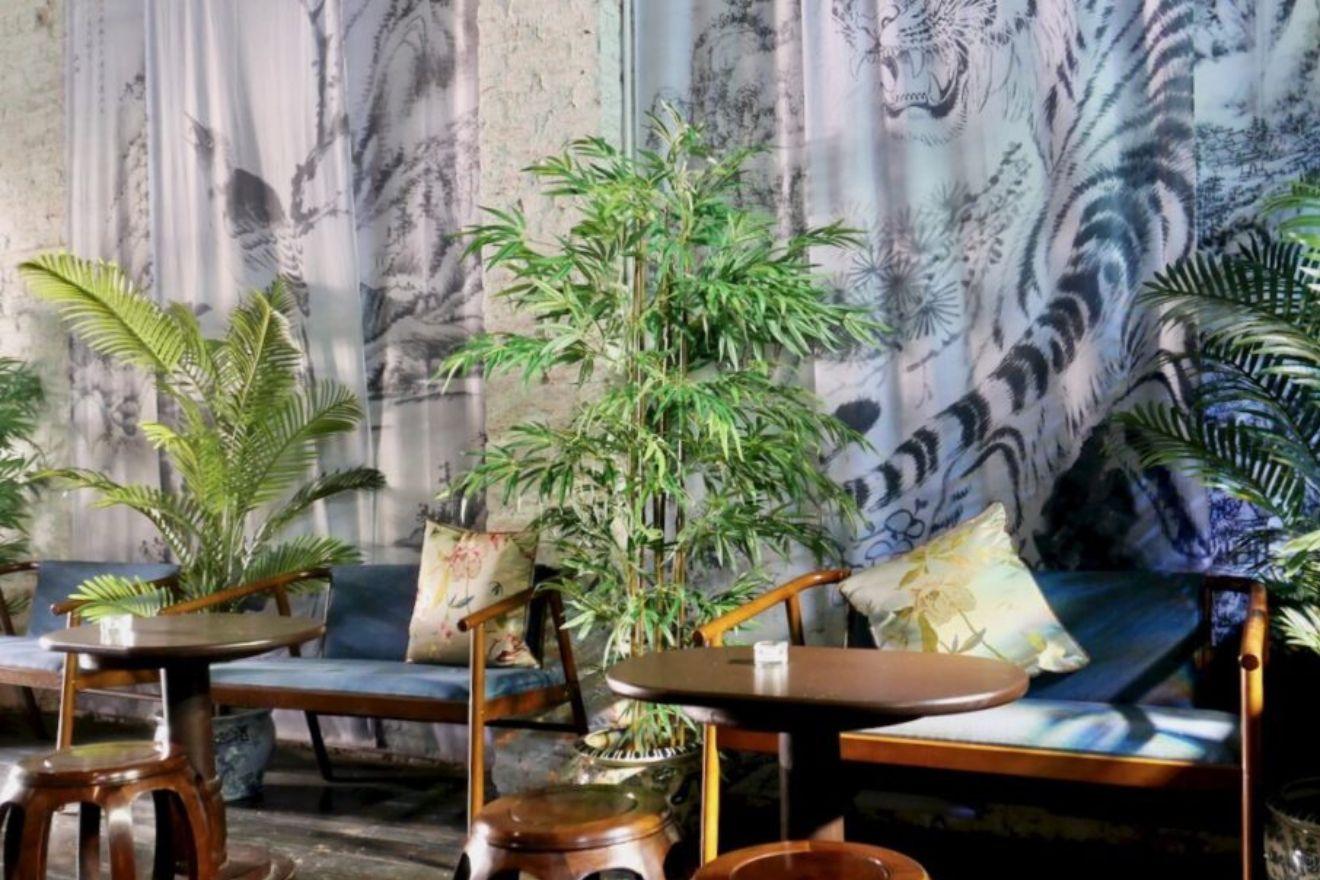

Nestled on a rooftop, hidden in a backpackers hostel called Travel Hub Guesthouse, is Attic Bar. A simple direction of “follow the red lanterns” might lead your way into the bar. However, if you’re even more confused, you’ll need to be buzzed into the glass door of the hostel, climb the first flight of stairs, turn right to a pink door, up two levels of an old-school spiral staircase and through a door with wine glasses painted on the front. The bar is known for its views and experimental mixologist. To be honest, the prices here are hard to beat compared to the other bars surrounding the neighbourhood.
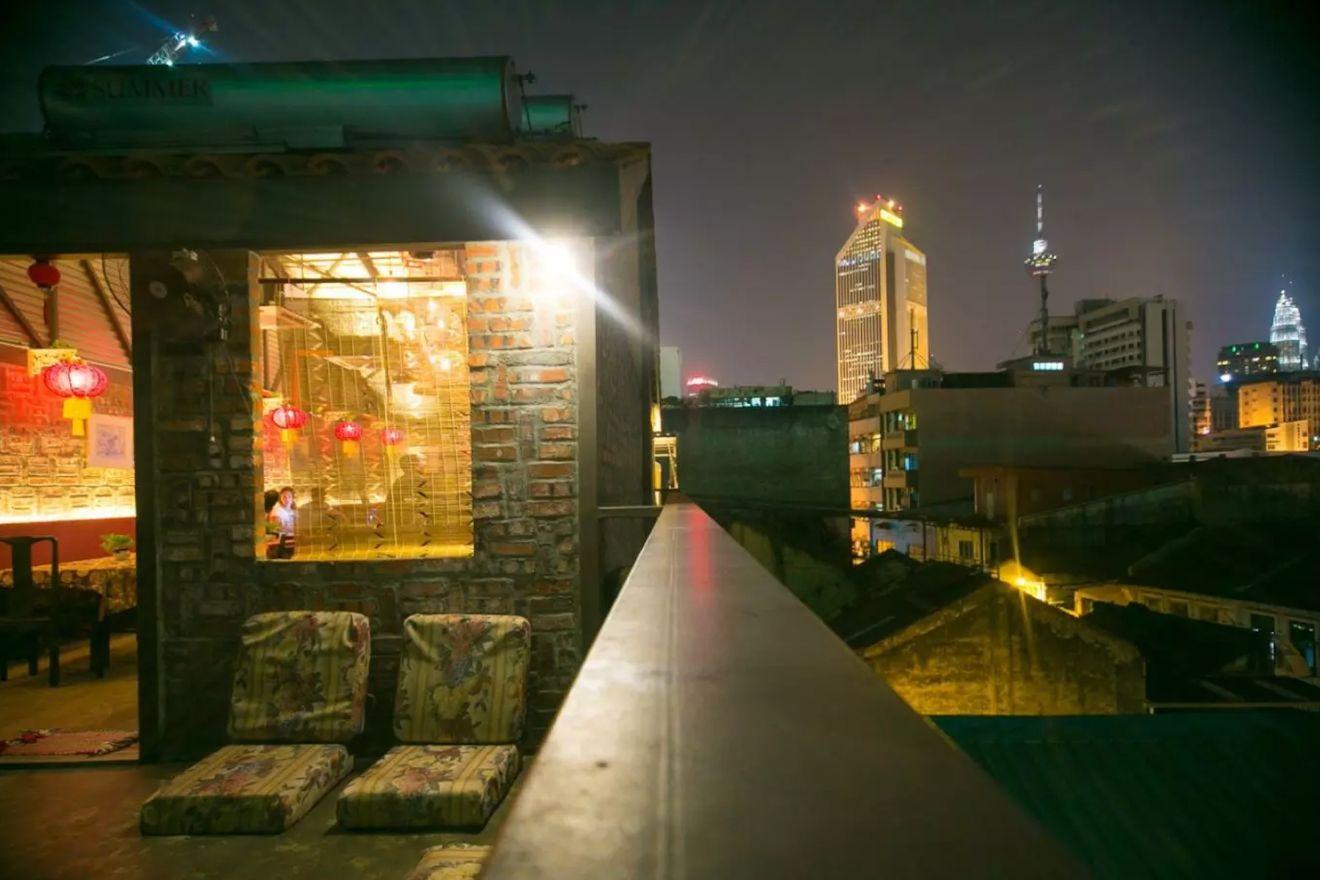

Advocating a farm-to-glass concept, Botakliquor bar surrounds itself with a lush botanical experience to give you a herbivore approach to mixology. This foliage-filled bar is above Chocha Foodstore, which is an extension of the sister restaurant and keeps the same farm-to-table head game as the restaurant. Offering a unique concept of providing cocktails on tap, most of their cocktails are geared towards using their home-grown or organic greens on the menu, which you’ll also be able to find sitting next to your tables in a pleasant escape from the concrete jungle that is the city.


PS150 is hidden within an unassuming vintage toy store through an ominously grim back alley. A historical linage as a brothel and warehouse has carried on its aesthetics (and only that) throughout its repurposed finishings that are split into three small sections marking different eras: one being an opium den, the second a post-war tiki courtyard and lastly, their main space where most of the dark bar resides. The menu is also divided into five eras — Vintage from the 1850s to 1910s, Classic from 1920s to 1930s, Tiki from 1940s to 1960s, Disco from 1970s to 2000s and Contemporary from late 2000s to present.
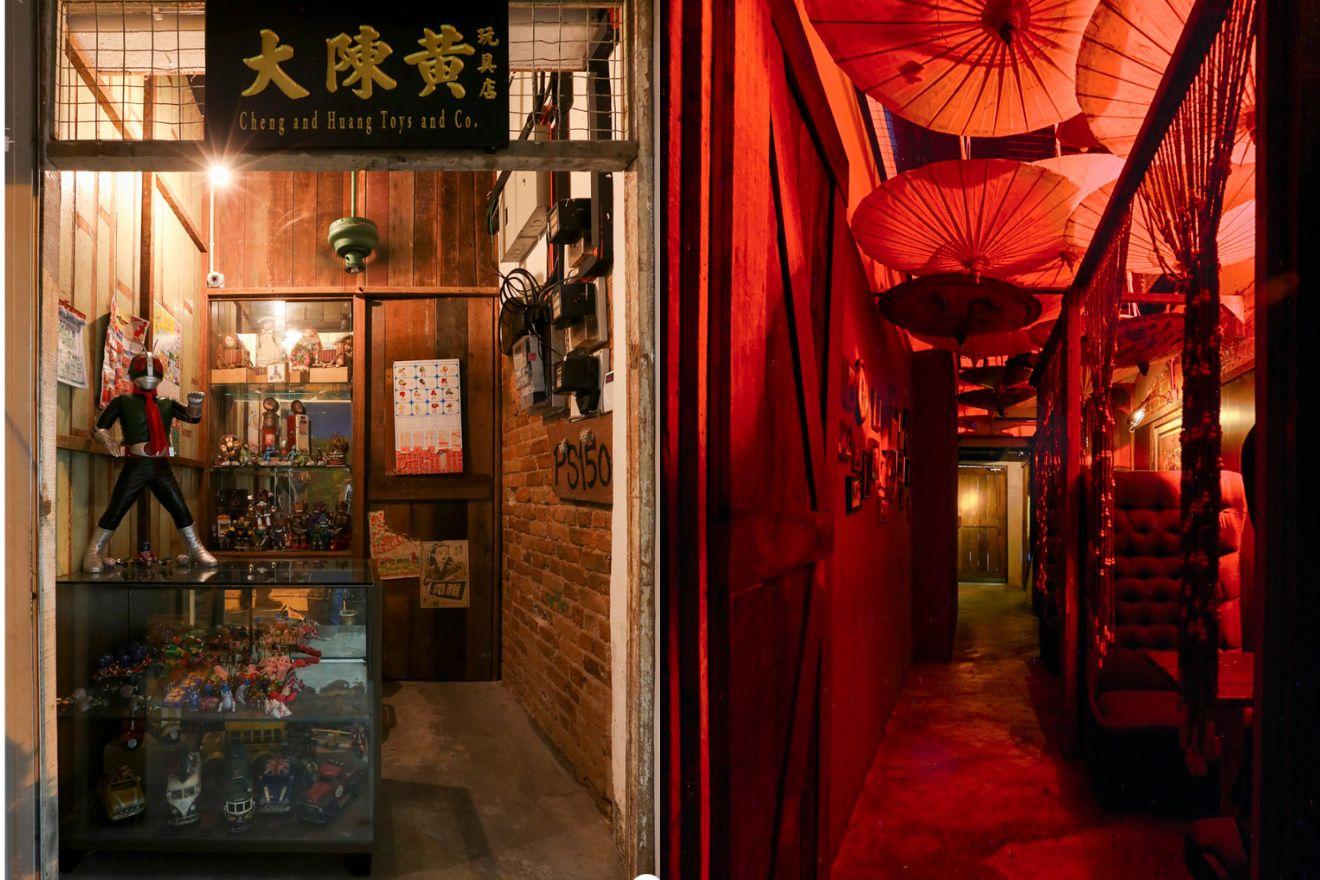
Miki Kitasako is Mixmag Asia’s Social Media and Content Producer, follow her on LinkedIn.


